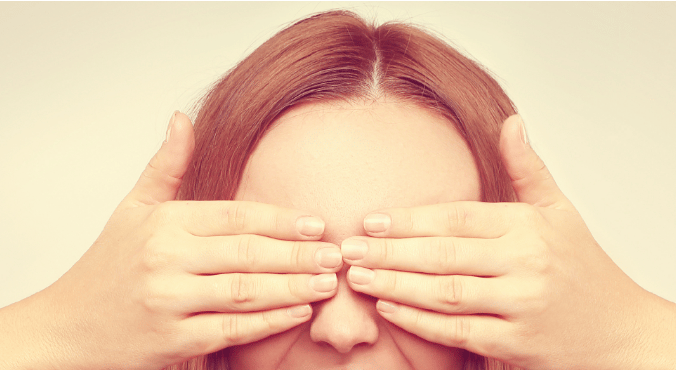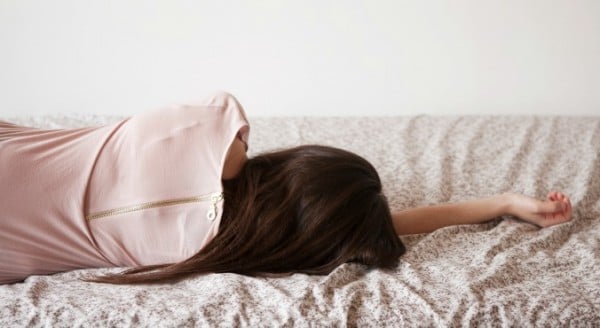
Image via iStock.
Everyone knows how debilitating it can be to blush, your feelings of embarrassment show up straight away, and then you can feel even more embarrassed and uncomfortable.
It’s thought that blushing is a serious problem for around 5 per cent of us, and the effects of it can be devastating. It is called chronic blushing (Idiopathic Craniofacial Erythema) and it isn’t the normal blushing that we see on TV and in movies.
It often happens in situations that aren’t embarrassing at all.
It is not only a physical problem, but also a psychological one. In 2012, a 20 year old student in Washington found the effects of chronic blushing so debilitating that he committed suicide.
He left a note, which read, “I am tired of blushing… it is exhausting to wake up everyday and have to find little ways to avoid blushing situation.”
According to Epworth Healthcare, intense blushing is a severe flush (often for no reason), and also results in feeling heat in the face and excessive perspiration. Situations as small as having a conversation with friends can bring it on, and it can take up to two minutes for the blush to disappear.
RELATED: Why does my face turn red when I drink alcohol?
Sound familiar to you?
Lap Surgery Australia, who specialise in surgery for severe facial blushing, say that it generally affects adults between the ages of 18 to 50. It can be caused by a combination of factors, but is primarily down to the over-activity of involuntary nerves (which are part of our temperature controlling mechanism).
While it might sound comical to some, it’s actually now classified as a disease of the autonomic (involuntary) nervous system. (Post continues after gallery.)
A few of our favourite (frequently blushing) ladies.
Treating chronic blushing is a complicated matter. Medications such as beta blockers, clonidine, antidepressants and a variety of psychological and alternative treatments are recommended.

